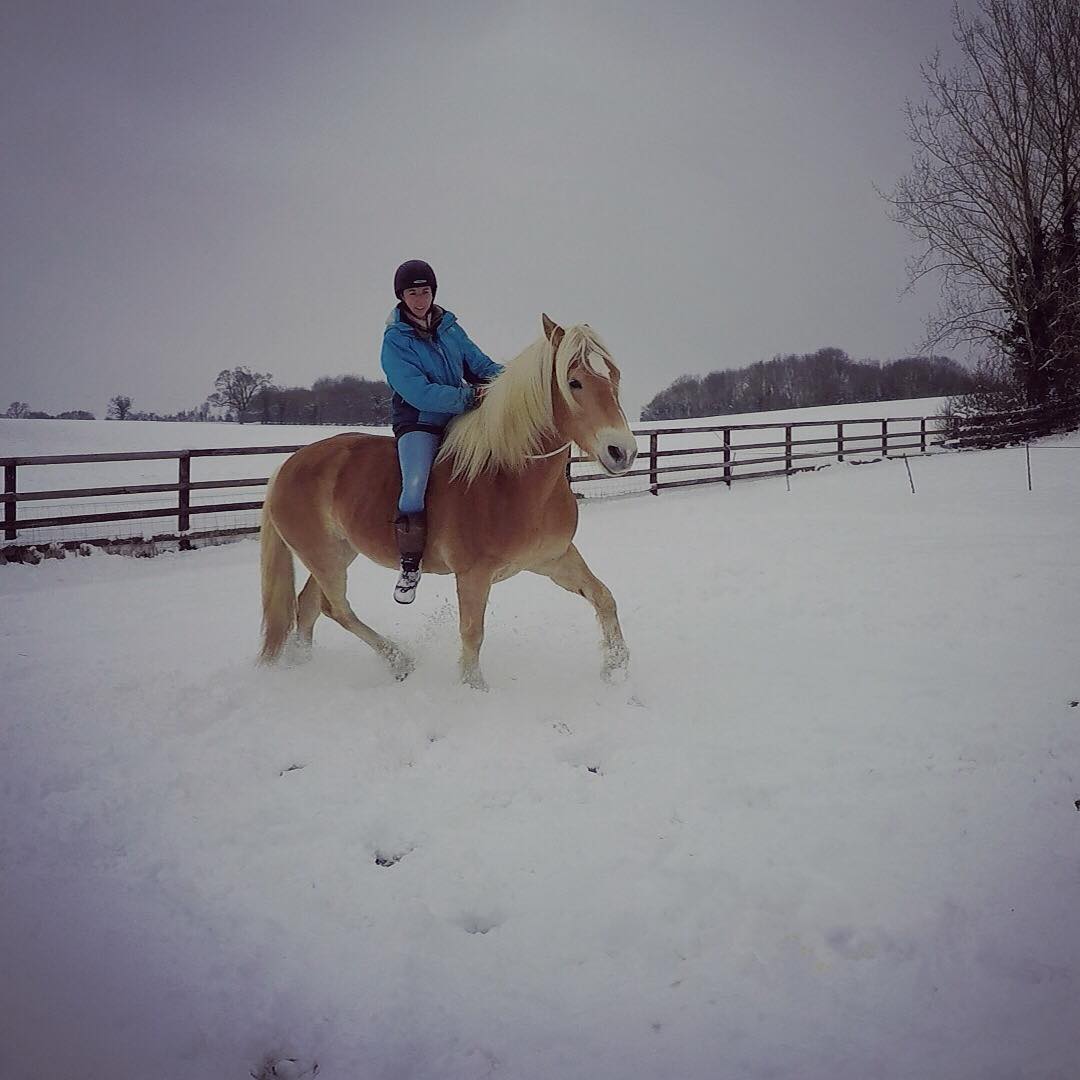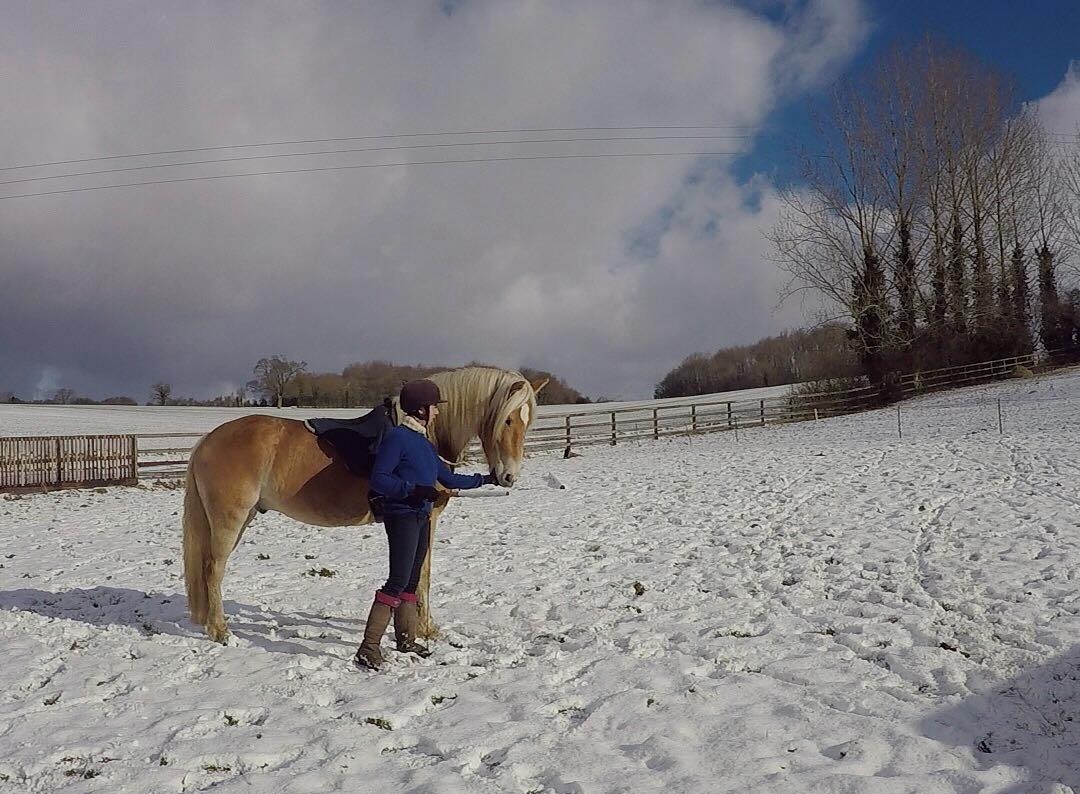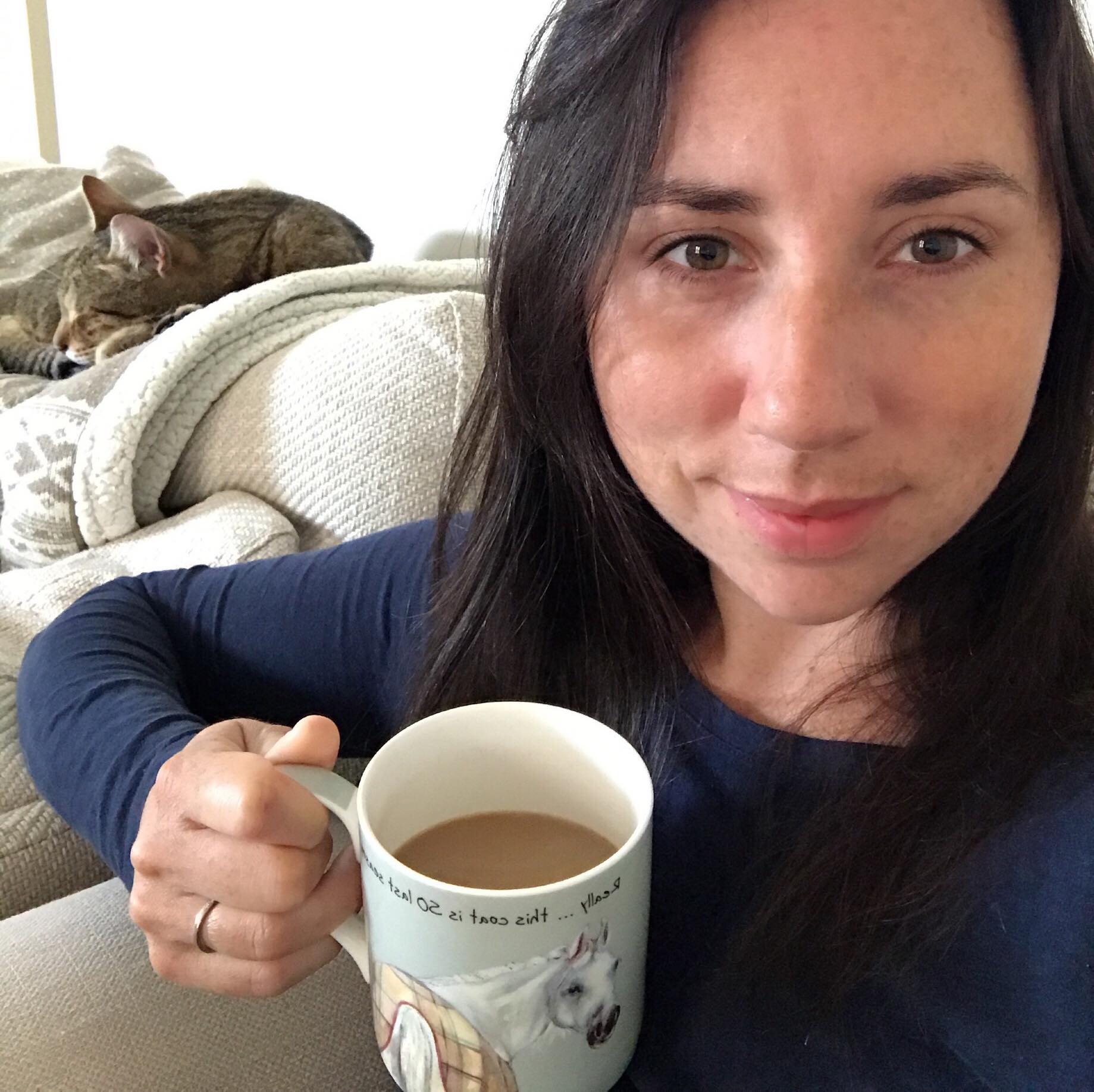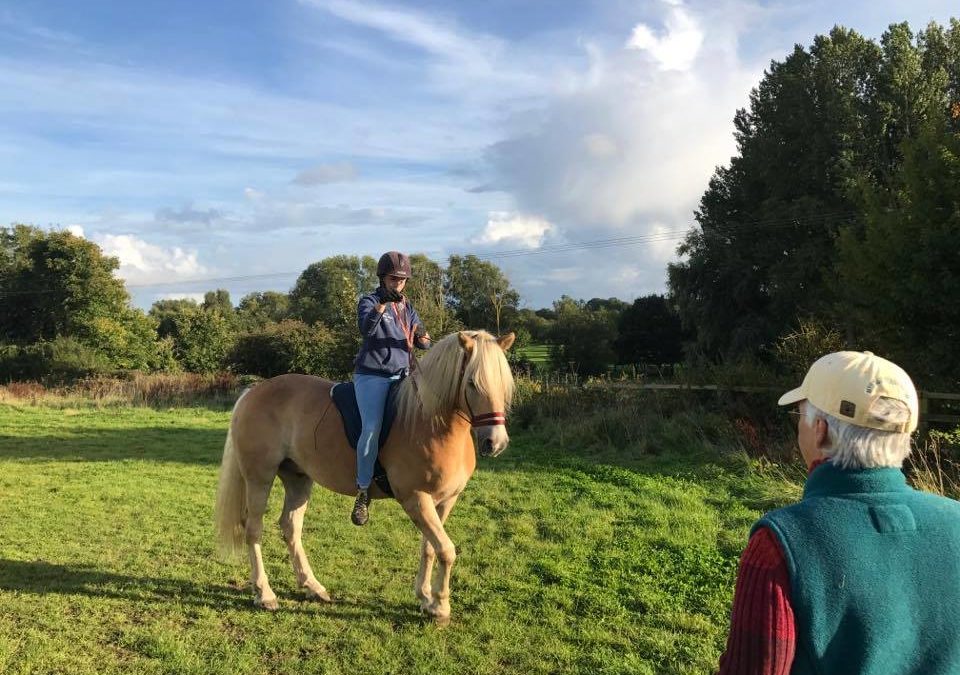
“All arts and sciences have principles and rules governing the methods resulting in those discoveries that lead to their perfection. The Cavalry is the only art for which it seems there is only need of practice; however, the practice, stripped of sound principles, is nothing more than routine that only results in a forced and uncertain performance and a false brilliance that fascinates the demi-connoisseurs, who are often amazed by the horse’s kindness, rather than by the rider’s skill. This is the reason for the small number of well-trained horses and the lack of ability presently seen in the majority of those people who call themselves horsemen.
This lack of principle indicates that the students are not at all able to distinguish between faults and perfection. Their only resource is imitation, and, unfortunately, it is definitely much easier to turn to false practice than to achieve what is correct.”
Ecole de Cavalerie, François Robichon de la Guérinière
This is one of my favourite quotes from Guérinière. It is also one which highlights my day to day annoyance at how the foundations to the art of riding seems to commonly be misinterpreted, forgotten or unknown altogether.
It was always very apparent to me that the horse world is over saturated with “professionals”, “instructors”, “trainers”, “horse whisperers”… the list goes on. But very few seem to have studied the horse. Not many appear to understand the science of riding; how to keep the horse healthy, sound and balanced. Impatience is a regularity; horses are asked for more, with little or no consideration to training the foundations, the sound principles, as Guérinière writes.
As horse owners, riders and handlers, we hold a great responsibility. Riding horses is not “natural”. It is neither what our horses would choose, nor truly want, were they able to make the decision for themselves! For this reason, it is of great importance that we ensure they are comfortable, minimise stress and anxieties wherever possible and ensure that they are treated with respect at all times. As a horseman, we should help our horses to become supple, strong and able to carry us with balance, ease and to help prevent injury. The Classical teachings by the Masters highlight the importance of keeping the horse sound and every exercise is very much with the horse’s health in mind.
So why is it that now so many horses are subjected to force and improper or incomplete training?

History repeats itself.
Modern day dressage showcases most horses pulled into a forced frame. The horse’s back is often falsely lifted due to a “long, deep, round” (LDR) technique, training with Rolkur (overbending/hyperflexion of the neck and cervical vertebrae) and not from building up the horse through mindful training over a sensible period of time, allowing the horse to self carry as it was intended. Many top athletes can be seen to ride in this manner; these are the people that the every day rider, many instructors and equestrians around the world look up to, admire and ultimately try to imitate. At what cost?
Below is a wonderful post by a friend, a fellow student of my own mentor and an incredible trainer in his own right, Brendan Wise.
Similarly, in the time of Guérinière, it is apparent that imitation of admired riders, rather than taking time to ensure the horse had a solid foundation to its training, was also an occurrence of the time.

It is for the reason above, that it is a main focus in our teaching, for our own learning and development with our horses, that we truly study the foundations; Balance, Understanding and Training.
Reading the works of the Masters is insightful and can help riders of any ability and discipline to understand more; mistakes were made, lessons were learned and we have all of the answers and much advice, help and direction at our fingertips.
“Read with me”
So why not grab a cuppa, cozy down in the warm, whilst your horses are happily grazing or munching on hay and make a start on your way to discovery, with Xenophon, The Art of Horsemanship.
